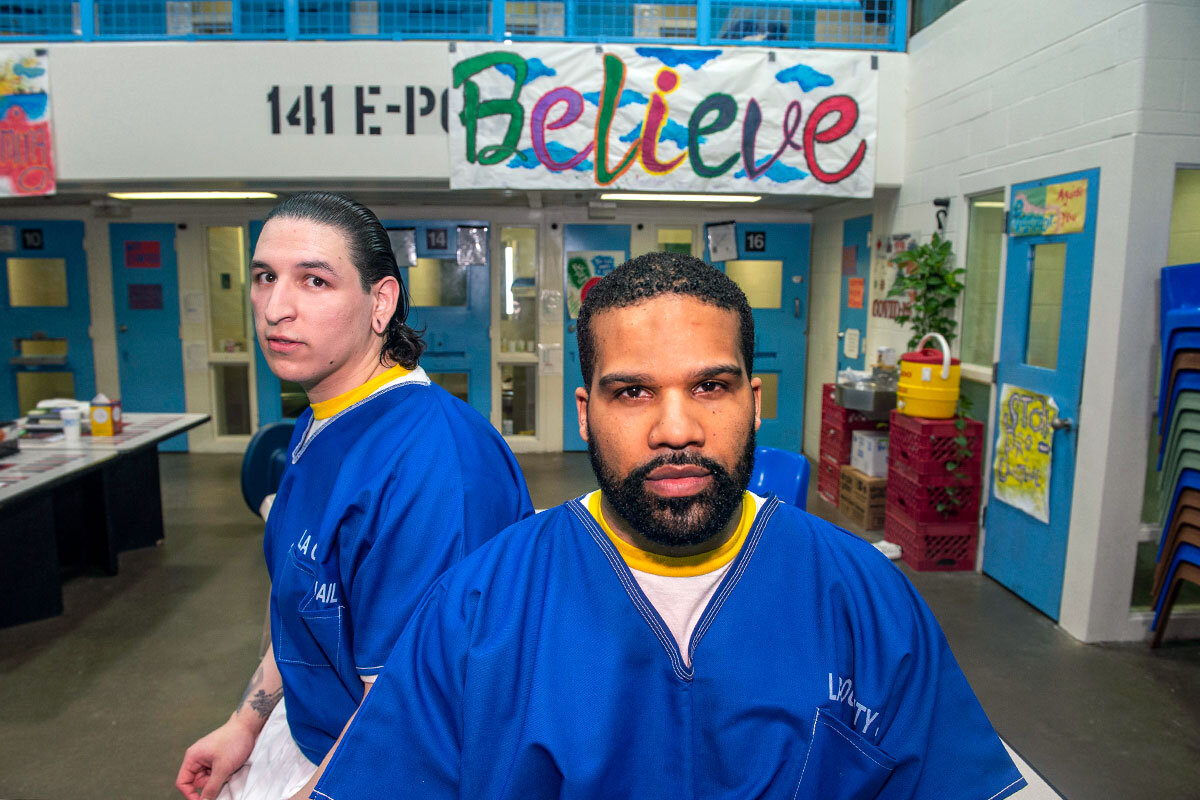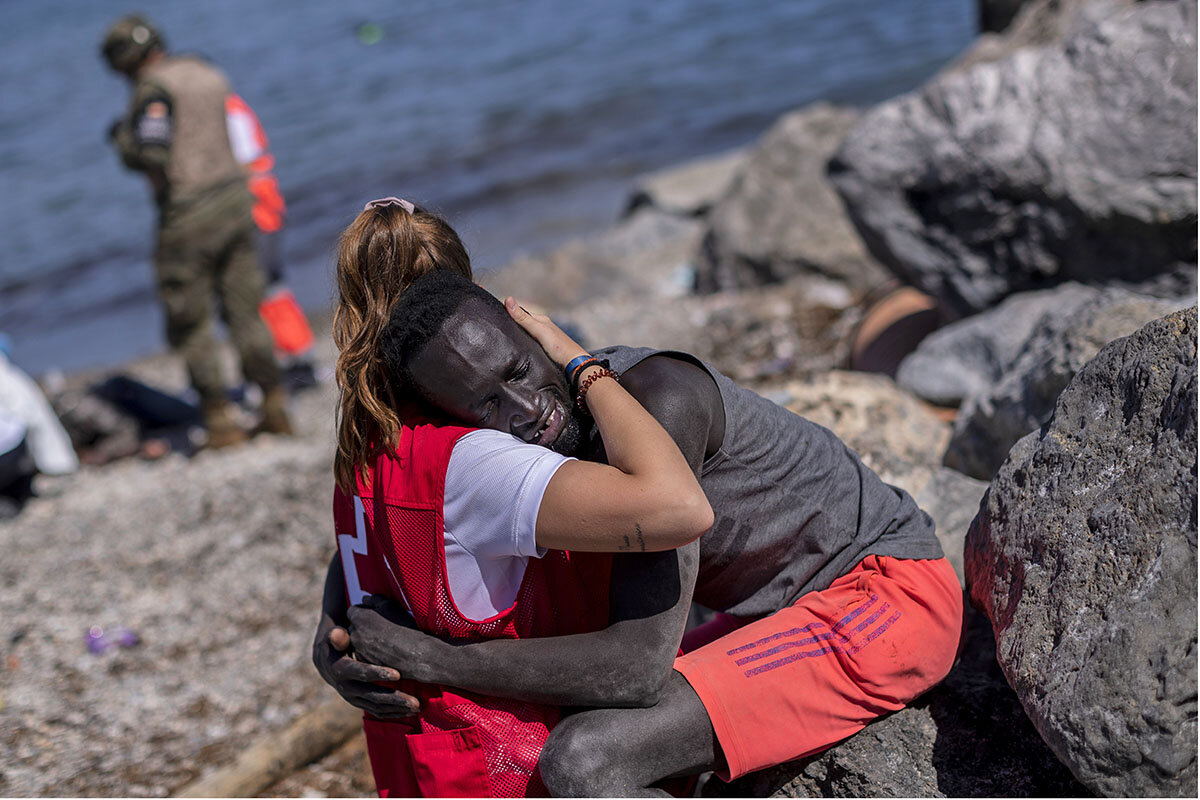President Joe Biden has called for a cease-fire between Israel and Hamas, but there’s little sense the U.S. is an equal broker in the conflict. Nor has it been for decades.
Monitor Daily Podcast
- Follow us:
- Apple Podcasts
- Spotify
- RSS Feed
- Download
 Mark Sappenfield
Mark Sappenfield
In prison, inmates make an average of 100 decisions a day, Bev Sharp says. For those on the outside, the average is about 30,000. “In prison, everything is decided for you,” she tells the “100 Days in Appalachia” podcast. Simply making decisions is a skill that can be lost. And that points to how incarceration is not simply a matter of walls and bars, but a mental state that can linger after prison doors open.
In today’s issue, Francine Kiefer examines how two inmates in a Los Angeles jail help others struggling with mental health issues. Ms. Sharp aims to help West Virginians when they leave prison. In 2015, she helped the state’s Council of Churches start a reentry program. Its goal is connection, and workers like Jeremiah Nelson are on the front line.
In so many ways, success in society depends on networks of connection and support. Finding housing, for example, can be so hard that some people simply stay in prison. “You can just sit in prison for no other reason than you have no place to go,” he says. But the deeper aim is to kindle those connections into genuine opportunity – when former prisoners see a purpose and a future. “The biggest inhibitor for a lot of people is a lack of hope,” says Mr. Nelson. “The biggest contributor to recidivism is giving up hope.”










